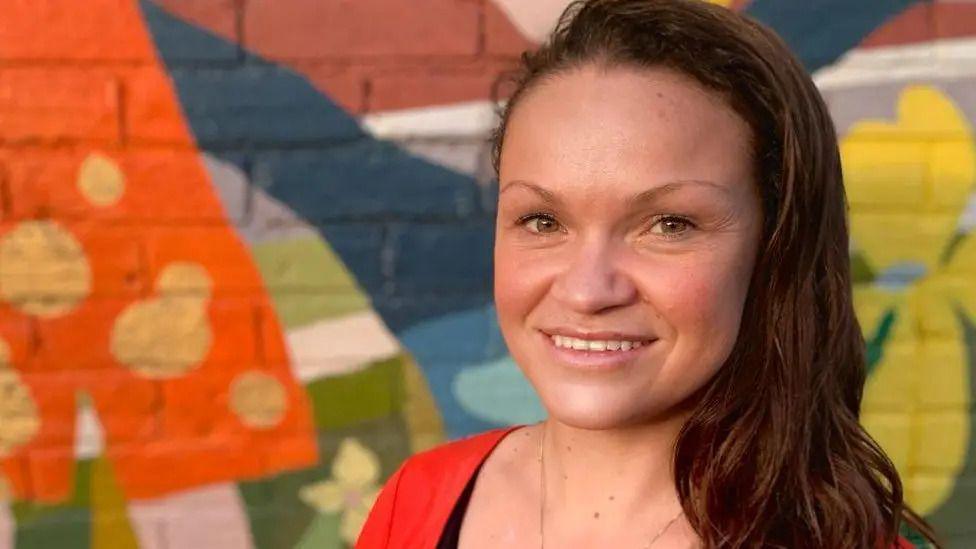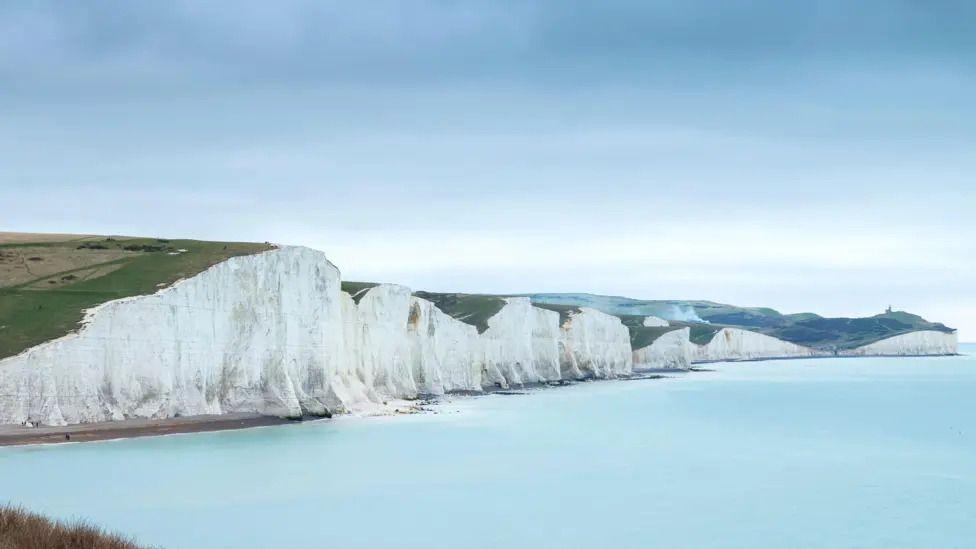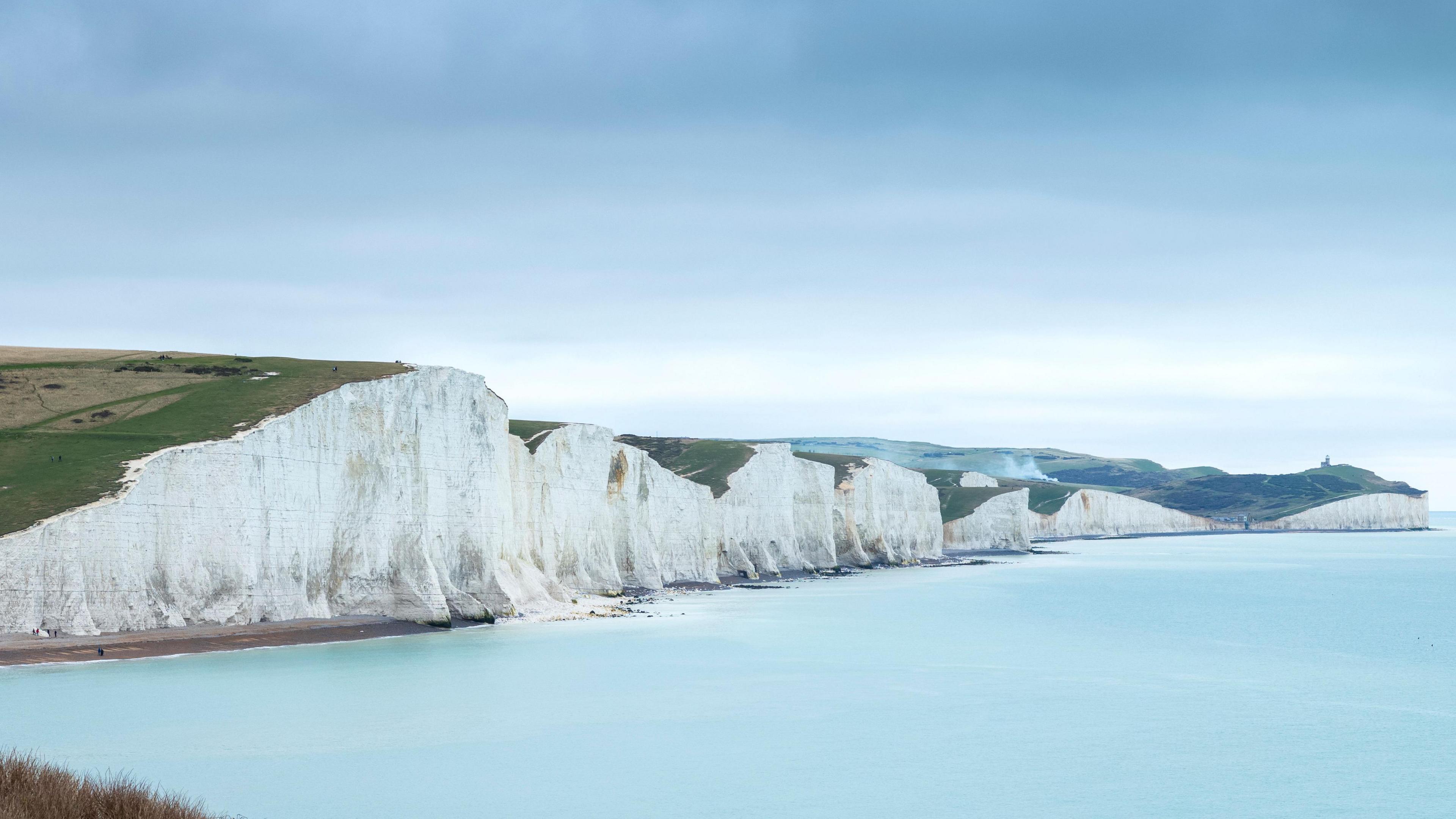Consultation into council reorganisation in Sussex

Bella Sankey, leader of Brighton & Hove City Council, which has called for five unitary authorities across Sussex
- Published
People across Sussex are to have their say on plans to reorganise councils, alongside having an elected mayor.
Leaders of the current county, borough and district councils, as well as Brighton & Hove's unitary authority, submitted different ideas about how best to structure new unitary authorities.
Sussex is one of six priority areas in the government's devolution programme which will see a mayor elected in May 2026, alongside scrapping two-tier councils and replacing them with unitary authorities from 2028.
The government consultation, which gives residents and organisations the opportunity to have a say on their preferred option, runs for seven weeks until 11 January.

The local government consultation in Sussex runs until 11 January
The government is introducing elected mayors and unitary authorities across England, promising more power to help drive economic growth.
In September, a variety of proposals were submitted about how many new authorities in Sussex should be created and what size and shape they should take.
The leaders of West Sussex County Council favoured running the county under one single authority.
But the leaders of all seven existing district and borough councils in West Sussex favoured dividing the county into two new bodies, with 473,000 residents in Chichester, Arun, Adur and Worthing and 428,000 residents in Horsham, Crawley and Mid Sussex.
In East Sussex, there was a consensus between the county council and leaders in Eastbourne, Hastings, Rother and Lewes to run the county under one single unitary authority.
Wealden District Council chose not to submit a preference.
It was Brighton & Hove City Council, already a unitary authority since 1997, which submitted the most controversial proposal.
It favoured splitting the whole of Sussex into five new unitary authorities, including expanding the city's footprint to Peacehaven and Falmer, drawing an angry reaction from leaders of those areas.

Councils disagree about how many new authorities to create and what size and shape they should be
Given that all options have been included in the consultation, it seems the Ministry for Housing, Communities and Local Government is open to flexibility on the size of new authorities.
Last year it had said new authorities should serve populations of more than 500,000 people, but Brighton and Hove's proposal would see each of the five serving 300-400,000 people.
A final decision will be made early in 2026.
Sussex voters are due to elect councillors to the new authorities in May 2027 and existing councils will be dissolved in 2028.
Meanwhile, an election for the first mayor of Sussex will take place in May 2026.
Follow BBC Sussex on Facebook, external, on X, external, and on Instagram, external. Send your story ideas to southeasttoday@bbc.co.uk , external or WhatsApp us on 08081 002250.
- Published16 September

- Published26 September
